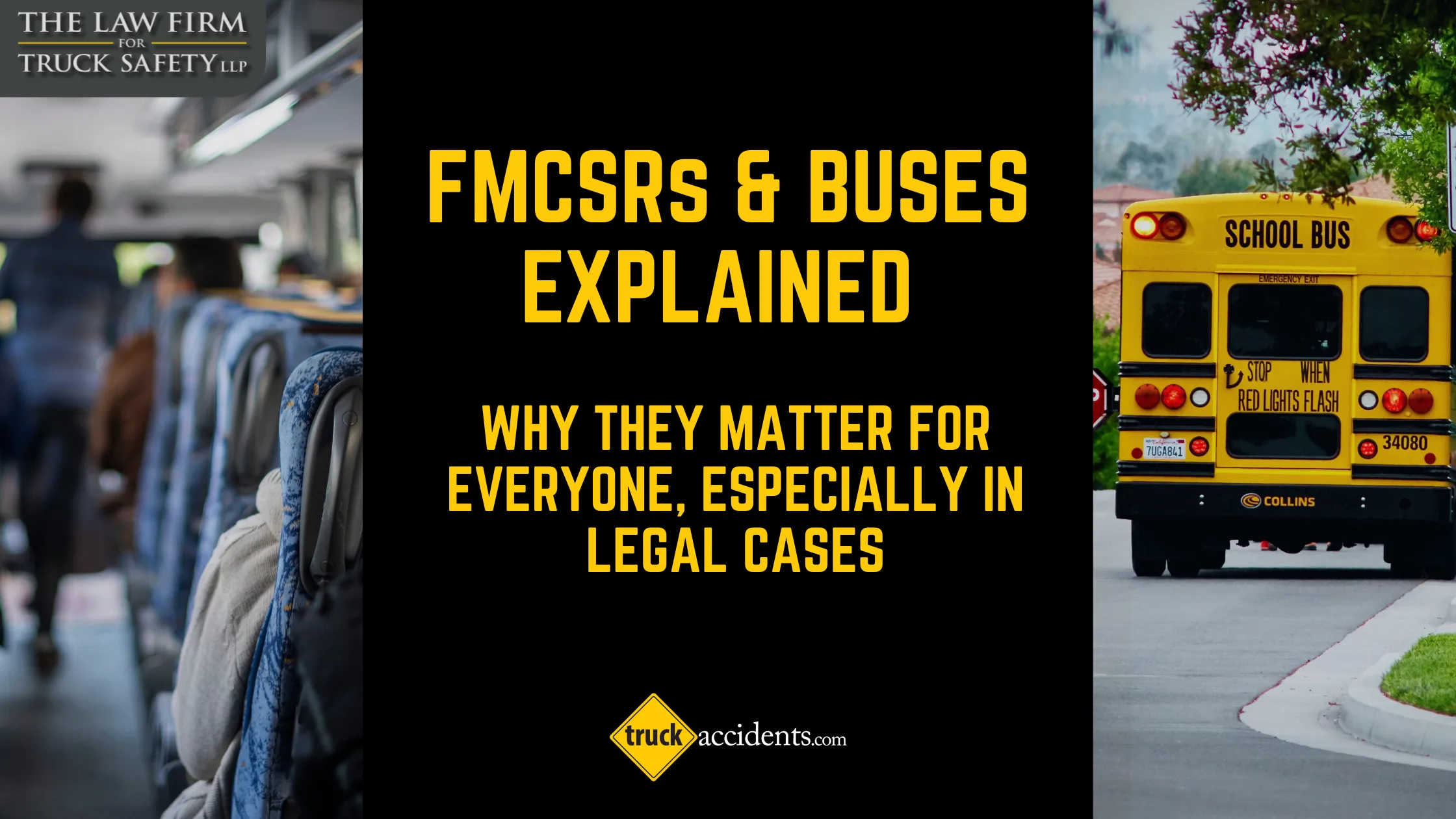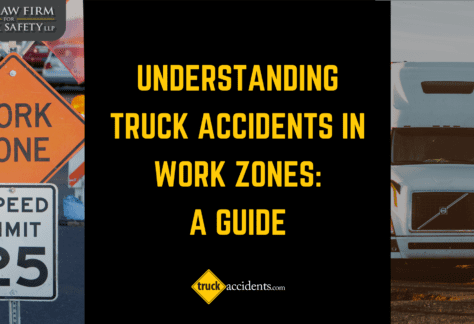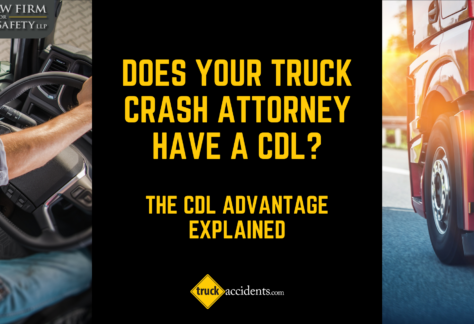Every day, millions of Americans rely on buses for transportation. Whether it's a daily commute, a school field trip, or a cross-country trip, we trust bus drivers with our lives--not just the lives of those on the bus, but the lives of others on the road around them. Even though we encounter buses regularly, many of us don't realize the intricate web of rules and regulations that bus drivers and bus companies must adhere to to keep us safe –whether we’re passengers, pedestrians, or simply traveling alongside them.
Enter the Federal Motor Carrier Safety Regulations (FMCSRs) —a critical aspect of public safety. These regulations, overseen by the Federal Motor Carrier Safety Administration (FMCSA), are meant to protect you and your loved ones from a potential catastrophe.
The Federal Motor Carrier Safety Regulations:
- Determine who's qualified to be behind the wheel of a commercial vehicle
- Dictate how long a driver can operate before resting
- Establish rigorous maintenance standards
- Ensure that every horn, light, and brake is in perfect working order

In a world where failing to follow these laws can lead to life-changing tragedy, understanding these regulations isn't just important—it's essential.
But what does this have to do with buses?
While they have many differences with tractor-trailers, dump trucks, and other big rigs, buses are a type of commercial vehicle.
Whether you're a daily bus commuter, a concerned parent, or someone who's been affected by a bus accident, knowledge of the FMCSRs empowers you to advocate for your safety and the safety of others.
Join us as we dive into the world of bus safety regulations and discover how these rules shape your commute, how you can spot potential violations, and learn more about your rights on the road.
Referrals & Co-Counsel
Involved in a Crash?
No other law firm knows trucks quite like us. Our trucking law expertise and trial experience allow us to win multi-million-dollar results year after year.
Our team of truck accident attorneys works tirelessly to help your family find justice in the wake of a catastrophic truck crash.
Referrals & Co-Counsel
No other law firm knows trucks quite like us. Our trucking law expertise and trial experience allow us to win multi-million-dollar results year after year.
Involved in a Crash?
Our team of truck accident attorneys works tirelessly to help your family find justice in the wake of a catastrophic truck crash.
Are Buses Commercial Vehicles?
Yes! There is a common misconception that FMCSRs are laws designed for truck drivers, but that is not the case. FMCSRs lay out safe operating laws for all commercial vehicles. This includes school buses, city buses, motor coaches, and charter buses.
The FMCSA defines a commercial motor vehicle (CMV) as:
- A vehicle designed or used to transport more than 8 passengers (including the driver) for compensation;
- A vehicle designed or used to transport more than 15 passengers (including the driver), and is not used to transport passengers for compensation; or
- A vehicle having a gross vehicle weight rating or gross weight of more than 10,000 pounds.

In fact, because the “cargo” buses carry are lives, bus drivers have additional rules and regulations they must follow in order to safely operate their commercial vehicles. These rules and regulations can also vary by type of bus and state as well.
Driver Qualifications and Licensing for Bus Drivers
Bus drivers must navigate a massive vehicle through busy streets while ensuring the safety of numerous passengers. It’s easy to understand why bus drivers must have demonstrated driving knowledge and skills far beyond those needed for a standard car. In fact, bus drivers must obtain a special endorsement on their commercial driver's license in order to operate their vehicle.
The Federal Motor Carrier Safety Regulations (FMCSRs)U.S. federal regulations governing commercial vehicle drivers, maintenance, and operations. establish strict requirements for bus drivers.
Class B Commercial Driver's License (CDL): Training for a Class B license covers how to move a bus through stop-and-go traffic and how to ensure the safety of vulnerable road users like pedestrians and bicyclists.
Passenger (P) Endorsement: This additional qualification is specific to transporting people. It covers passenger safety, loading/unloading procedures, and emergency protocols.
Specialized Training: Drivers learn to manage large blind spots, navigate tight spaces, and ensure passenger comfort and safety.
Ongoing Requirements: Regular medical exams, continuous training, and random drug/alcohol testing ensure bus drivers are physically capable of ensuring the safety of their passengers and their vehicles.

These rigorous standards ensure that -- regardless of the type of bus --when you board one, you're in the hands of a highly trained professional equipped to handle the unique aspects of passenger transport.
Did you Know?
At The Law Firm for Truck Safety, five of our lawyers hold a Commercial Driver’s License (CDL). No other personal injuryLegal term for an injury to the body, mind, or psyche, as opposed to an injury to property. law firm in the country has as many lawyers with CDLs as The Law Firm for Truck Safety does.
Free Trucking Injury Case Review
Meeting Federal Motor Carrier Safety Regulations
There are hundreds of guidelines and requirements detailed in the Federal Motor Carrier Safety Regulations, from outlawing texting and driving to ensuring drivers aren’t working long shifts. They even lay out maintenance and inspection requirements.
However, at The Law Firm for Truck Safety, we have noticed some forms of negligence are more commonly seen in our cases involving an unsafe and dangerous bus driver:
General Safety and Safe Driving Regulations
When it comes to the general safety guidelines and safe driving regulations, there are several unsafe driving behaviors that apply to all CMV drivers, including bus drivers. Failure to follow these rules can have devastating consequences.
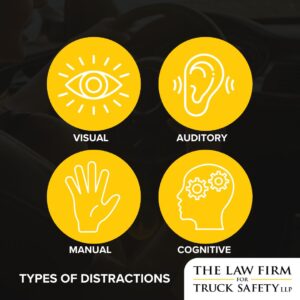
These unsafe driving behaviors include:
- Texting while driving, using a handheld phone while driving
- Talking to a passenger or being otherwise distracted
- Driving under the influence of drugs or alcohol
- Operating a vehicle while fatigued
- Speeding
Maintenance and Inspection Regulations
We also see many bus accidents that are a result of mechanical issues or improper maintenance. These are often a result of a failure to comply with regular vehicle inspections required by the law.
For example, before starting their trip, bus drivers must inspect their vehicles to confirm the following are functioning properly:
- Service brakes, including trailer brake connections
- Parking (hand) brake
- Steering mechanism
- Lighting devices and reflectors
- Tires
- Horn
- Windshield wiper or wipers
- Rear-vision mirror or mirrors
- Coupling devices
- Wheels and rims
- Emergency equipment
- School bus drivers are also required to inspect pushout windows, emergency doors, and emergency door marking lights at least every 90 days.

Needless to say, a failure to properly maintain key bus parts can lead to incredibly dangerous and often deadly accidents, whether it’s a charter bus traveling at high speeds down the highway or a city bus sharing the road with cyclists. Ensuring that the bus is in good working order is key to creating safer roads and eliminating bus accidents.
Hours of Service for Coach Buses
Bus drivers, especially charter bus and motor coach drivers, tend to work long days, which can lead to driver fatigue if left unchecked. Fortunately, FMCSRs limit the number of hours a bus driver can work to 10 consecutive hours following 8 consecutive hours off.
These long-distance bus drivers also must stop driving after:
- Having been on duty 60 hours in any 7 consecutive days if the employing motor carrier does not operate commercial motor vehicles every day of the week; or
- Having been on duty 70 hours in any period of 8 consecutive days if the employing motor carrier operates commercial motor vehicles every day of the week.
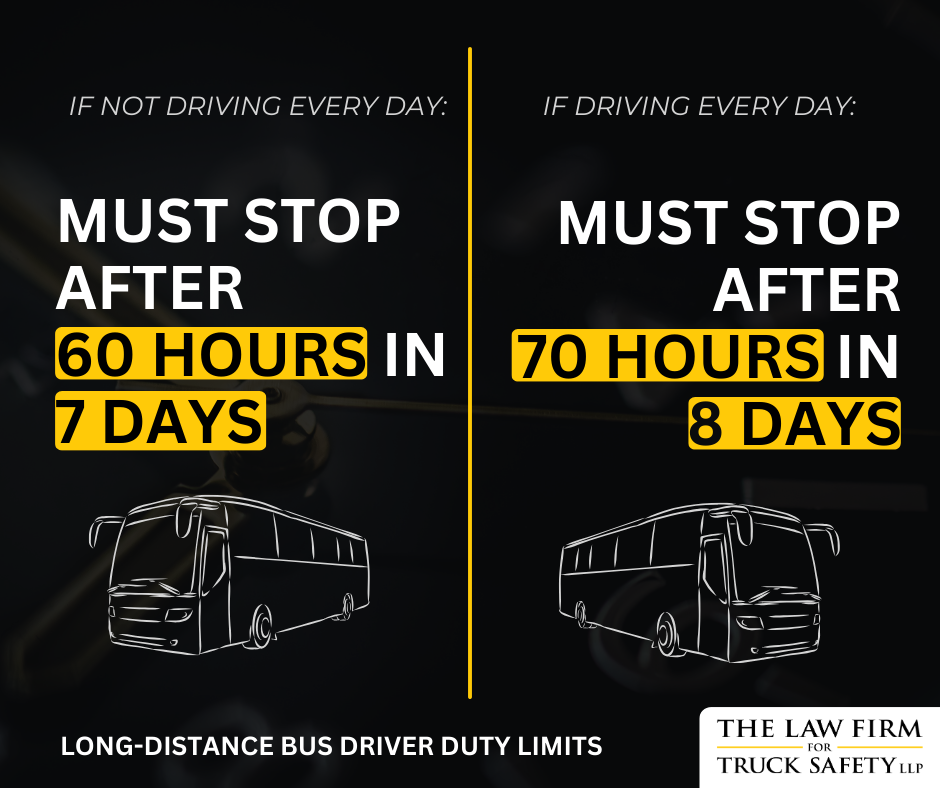
Too many accidents are caused by driver fatigue or are a result of drivers taking illegal substances or medication to try to stay awake during long shifts. These regulations are meant to curb those instances, putting the responsibility on both drivers and their employers to ensure drivers get the proper rest breaks.
Take the first step on your path to justice.
The Law Firm for Truck Safety’s truck accident attorneys are here to help you find answers, pursue justice, and receive the compensation you deserve.
Connect with a Law Firm for Truck Safety attorney today.
Passenger Carrier Regulations
As commercial vehicles that transport people, buses are subject to special regulations that relate to passenger safety. These rules relate to the interior of the bus as well as bus stops, bus stations, and any loading or unloading station operated by the vehicle carrier.
Passenger carrier regulations include, but are not limited to:
- Carriers must follow a number of regulations around baggage security and liability
- Drivers must maintain a reasonable temperature on board the bus and keep it clean and in good working order
- Information about schedules, tickets, fares, baggage, and other carrier services must be provided to the public during business hours
- Drivers and carriers cannot discriminate against passengers
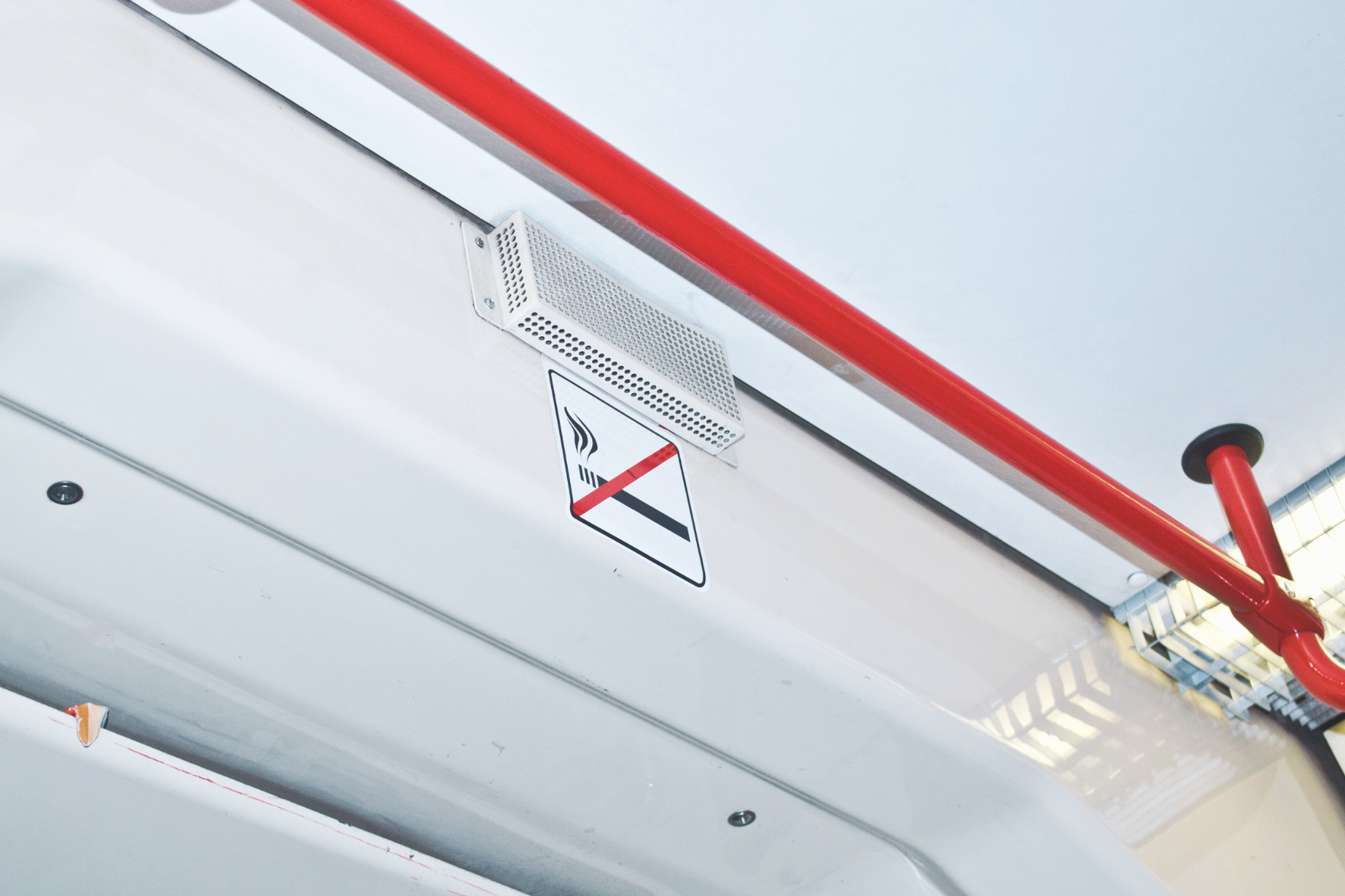
- No smoking is permitted
- Employees must announce the bus’s departure and boarding point at least 5 minutes prior to its departure
- Buses that do not make reasonable rest stops and seat more than 14 passengers need a clean, regularly maintained restroom
Accommodating Passengers with Disabilities
All buses must follow the Americans with Disabilities Act (ADA) Accessibility Guidelines for Buildings and Facilities as well as the Architectural Barriers Act (ABA) Accessibility Guidelines. There are many requirements for both the bus itself as well as bus stops and loading or unloading facilities.
However, these three regulations are key:
- Bus boarding areas must be 96 inches in length and 60 inches wide to accommodate people in wheelchairs. The slope of the ramp must meet certain requirements.
- Buses need lifts in two separate locations for those in wheelchairs and those who can’t climb stairs.
- Bus drivers and carriers must provide equivalent service to those with disabilities. That means the service will be as good as the service provided to passengers without disabilities and will be available at the same cost within the same time frame as regularly scheduled service.

Not only does following these regulations provide fair and equal transport to people with disabilities, but they also go a long way in avoiding accidents and injuries while people are boarding or getting off the bus. Ensuring that all lifts and ramps are in working order keeps all passengers safe regardless of their physical abilities.
Choose The Law Firm for Truck Safety for Your Legal Needs
At The Law Firm for Truck Safety, commercial vehicle accident cases are what we do. Here’s what sets us apart:
Unmatched Expertise: The Law Firm for Truck Safety has more National Board of Trial Advocacy–-certified attorneys than any other law firm in the country.
Personal Experience Driving Trucks: Five of our lawyers hold their own commercial driver’s licenses. This license means we have direct insights into the rules, regulations, and standards of care to which commercial vehicle drivers must adhere.
Proven Track Record: We've recovered over $550 million for our clients, including over 60 settlements exceeding $2 million each.
Record Breaking Results: Our attorneys hold several truck crash case records including Ohio’s largest truck crash verdict (42.4M) and the nation’s largest truck crash settlement, the year it was received ($34M).
Truck Safety Experts: Our lawyers are regularly tapped to speak as truck safety experts to various media outlets, publications, and government entities.
Let the experience of The Law Firm for Truck Safety guide you to the justice and compensation you deserve. Contact our firm today and take the first step toward reclaiming hope, dignity, and justice.

